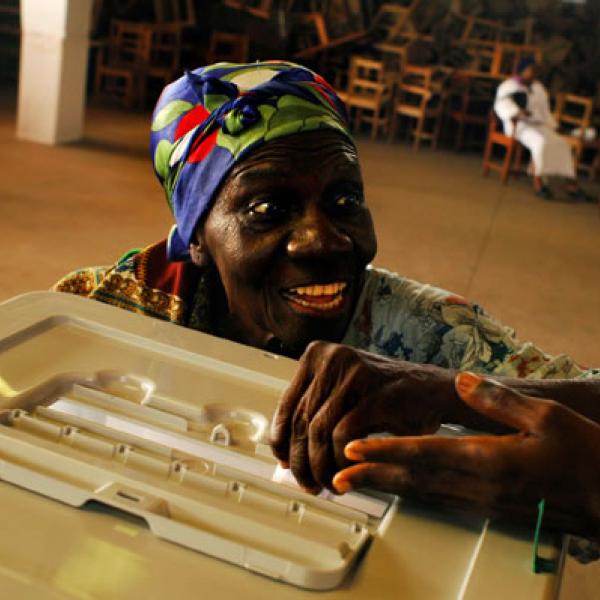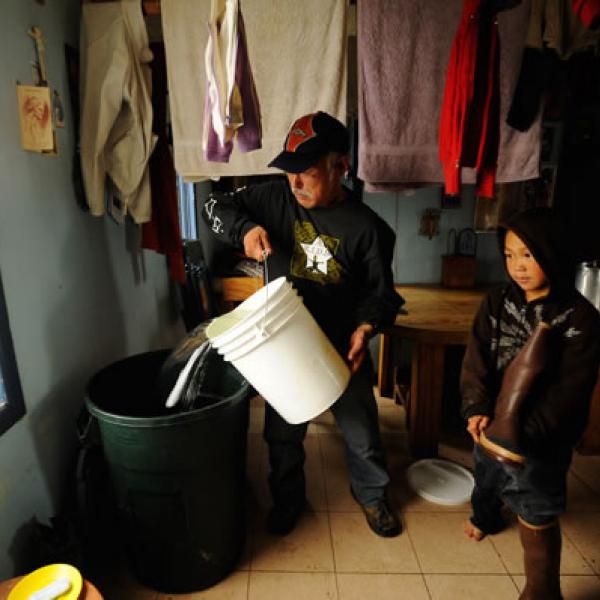Alaska Quarterly Review: Liberty and Justice (for All)
While photography has finally in the last few decades proven to be a formidable art form, photojournalism is still considered more journalism than art, suggesting that an article's photos are merely in support of the text and have no life of their own. This couldn't be further from the truth. The best photojournalism tells its own story and creates a visual impression as powerful as any piece of art.
And it is a dangerous art form to be practicing. In April 2011, two veteran photojournalists—Tim Hetherington and Chris Hondros—were killed while covering the civil war in Libya. In February 2012, emerging photojournalist Remi Ochlik was killed during the uprising in Syria.
Photojournalism is starting to receive the respect it deserves in the art community: museums are holding exhibitions (Washington's Corcoran Gallery of Art has an exhibition on Hetherington's work through May 20, 2012) and even literary journals are featuring photojournalists' works. In the first of two 30th-anniversary issues of Alaska Quarterly Review (AQR) co-founded by 1982 NEA Literature Fellow Ronald Spatz, its longtime editor, the literary journal will include the special feature, "Liberty and Justice (for All): A Global Photo Mosaic." The feature, which includes photographs and narratives about the images from 68 photographers from 22 countries, is a tribute to Hetherington and Hondros, and was guest-edited by Spatz's son Benjamin, a noted photojournalist who was a colleague of Hetherington and Hondros'.
Each image in the section was submitted by the photojournalists as the one image they've taken that best represents the theme of "liberty and justice." They also provide a brief narrative about the image. As Benjamin J. Spatz notes in his introduction, "Taken together, their words and images create a tapestry of the varied nature of liberty and justice that coalesce to explore something more fundamental: the pursuit and importance of truth." The truth of these images range from the joy of voting for the first time to the effects of contaminated water to tensions over immigration to the plight of war victims across the globe. They tell stories of hope and suffering, of anger and resilience, of fear and joy.
If, as Ronald Spatz states in the editor's note to the issue, "creating art is essentially a moral act," then these pieces certainly fit the definition. Nine of the photos are presented here, with excerpts from the photographers' narratives. To see all 68 photos and text, pick up the Spring/Summer 2012 issue of AQR, available in April 2012.



















